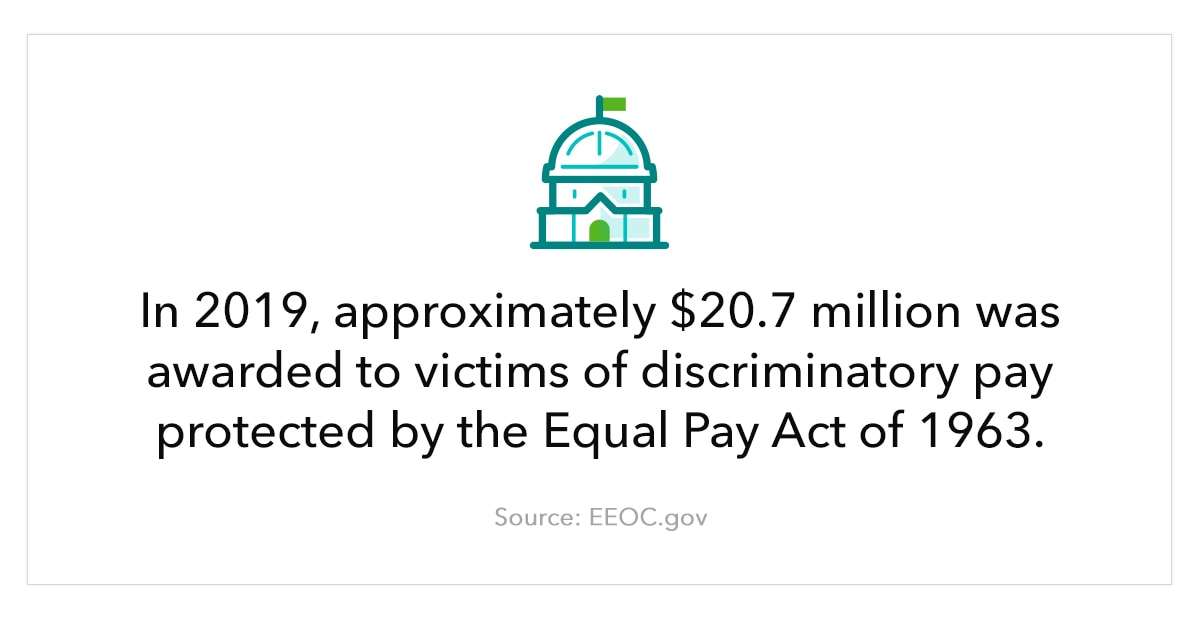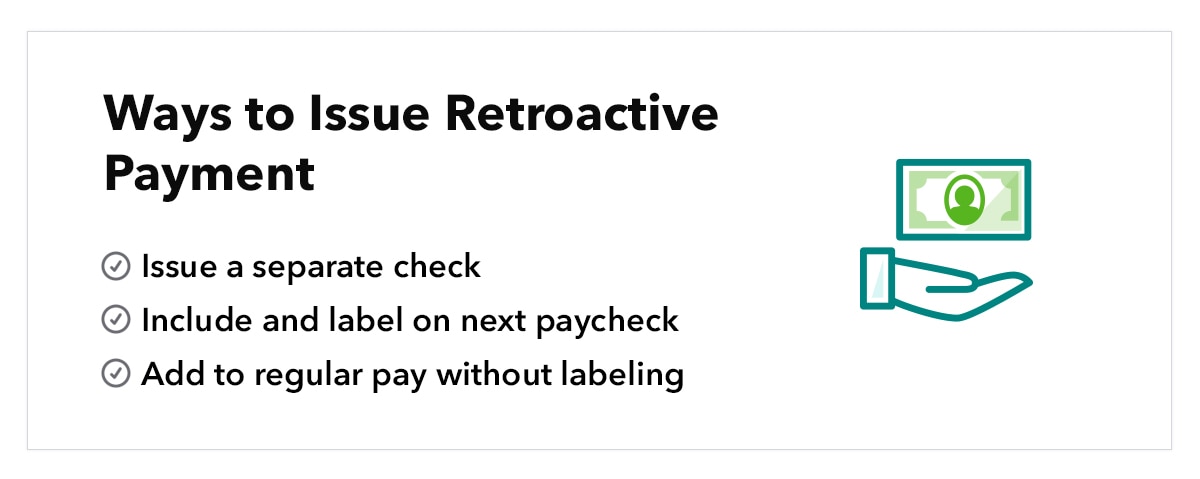How to calculate retro pay for salaried employees
Salaried employees are usually issued the same amount on each paycheque earned, so figuring out their retro pay is also quite simple. If your salaried employee is supposed to be paid $2,100 per paycheque but they only received $1,650, you owe them $450 in retro pay.
Keep in mind that retro pay may be used in a variety of circumstances, including retroactive pay increases. A retroactive pay increase occurs when an employee receives a pay raise but the new pay rate is not reflected on the appropriate paycheque.
For example, let’s say an employee earns $60,000 per year and they recently got a raise. The employee discovers that their most recent paycheque shows their old rate of pay even though the new rate was supposed to go into effect. Their new annual salary should be $65,000 in gross pay. You’ll need to determine how much they should be paid on each paycheque with their new rate, then subtract the old rate to find the difference. Once you’ve determined the difference, you can issue retroactive pay accordingly.


















